Adjusting the parameters of the slitting machine to solve the problem of material crimping requires comprehensive consideration of equipment settings, material properties, and process conditions. Here are the systematic solutions:
1. Tension control optimization
• Unwinding/unwinding tension balance:
◦ Check whether the unwinding tension (usually 10%~20% of the tensile strength of the material) matches the winding tension, and the winding tension is recommended to be 5%~10% higher than the unwinding tension.
◦ Real-time monitoring with tension controllers to avoid sudden changes (e.g., EPC guiding systems).
• Taper tension setting:
◦ Enables taper tension (e.g., from initial 15N to 8N) for large coil diameter materials to reduce inner layer extrusion deformation.
◦ The taper ratio is recommended to be 5%~15% (adjusted according to the elasticity of the material).
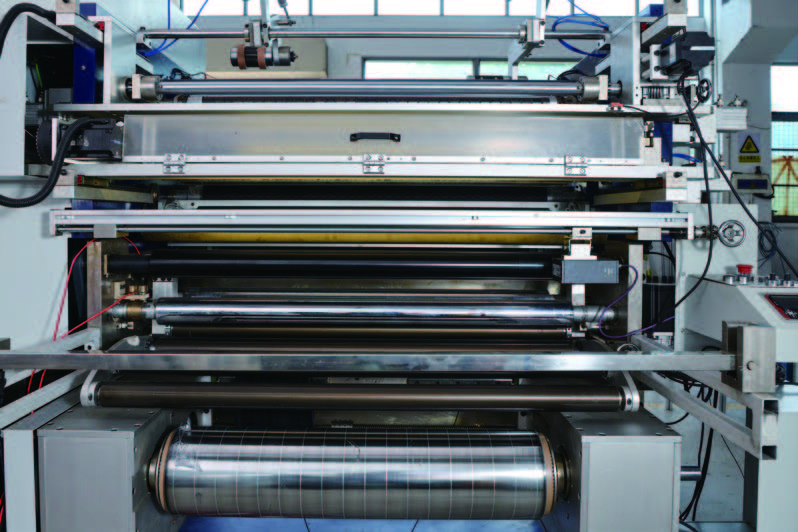
2. Slitting parameter adjustment
• Blade angle and pressure:
◦ The circular cutter angle is recommended to be 20°~30° (e.g., 25° for PET film and 20° for aluminum foil) to reduce cutting resistance.
◦ The pressure of the pneumatic knife is usually 0.2~0.5MPa, and it can be increased to 0.6MPa for hard materials.
• Tool sharpness:
◦ Check for blade wear every 8 hours, blunt knives can cause the material to pull and curl.
3. Process parameter matching
• Slitting speed:
◦ Recommended ≤ 150m/min for sensitive materials (such as BOPP) and up to 300m/min for rigid materials (such as PVC).
◦ At high speeds, the tension control accuracy needs to be improved synchronously.
• Slitting width and roller:
◦ Narrow belts (< 50mm) need to increase the pressure of the roller (e.g., 0.3MPa→0.4MPa).
◦ The hardness of the rubber is recommended to be 70~90 Shore A, which is too soft and easy to slip.
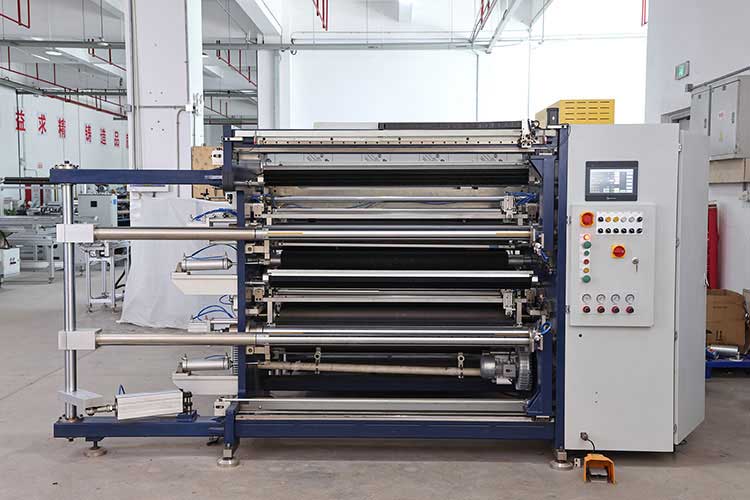
4. Environment and material handling
• Temperature and humidity control:
◦ When the humidity > 60%, hygroscopic materials such as nylon need to be preheated (50~80°C).
◦ The workshop temperature is recommended to be 23±3°C.
• Material Pretreatment:
◦ The curled mother roll is bent in reverse (the roller angle is 180°~270°) before slitting.
5. Equipment calibration
• Parallelism and Concentricity:
◦ Check the runout of the cutter shaft with a dial indicator (it should be < 0.02mm).
◦ The parallelism error of the guide roller should be < 0.1mm/m.
• Correction System:
◦ Ensure that the sensitivity of the photoelectric sensor is within ±1mm, and the response time < 0.1s.
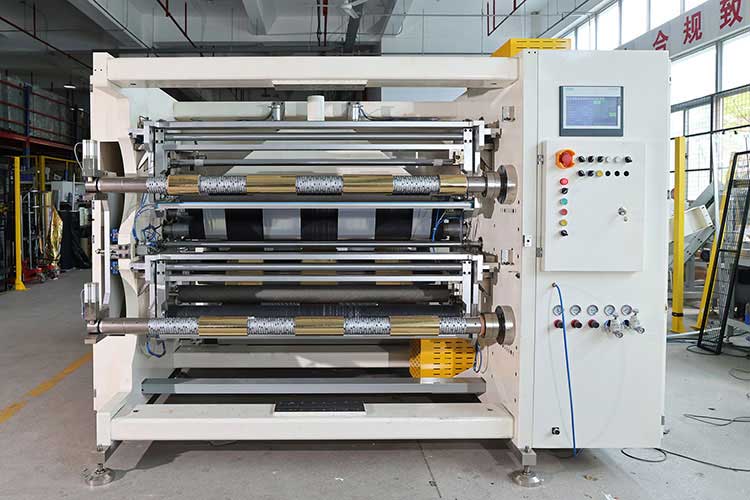
6. Verification and Documentation
• Parameter combination testing:
◦ Fix the tension first, adjust the knife pressure (0.1MPa step), and then optimize the speed.
• Example of a record template:
| Material type | Tension (N) | Knife Pressure (MPa) | Speed (m/min) | Curl rating |
| PET25μm | 12→10 | 0.3 | 120 | excellent |
Common material reference parameters
| material | Tension (N) | Tool Angle (°) | Speed (m/min) | remark |
| BOPP film | 8~12 | 25 | 100~150 | Low knife pressure is required to prevent stretching |
| Copper foil (0.1mm) | 15~20 | 18 | 50~80 | High tension anti-wrinkle |
| Non-woven fabric | 5~8 | 30 | 200~300 | The pressure roller needs to be increased |
Quickly locate problems by making step-by-step adjustments and recording parameter combinations. If crimping still exists, check the moisture content of the material or the uniformity of the thickness of the substrate (e.g., CV value >3% needs to be replaced with the master roll).
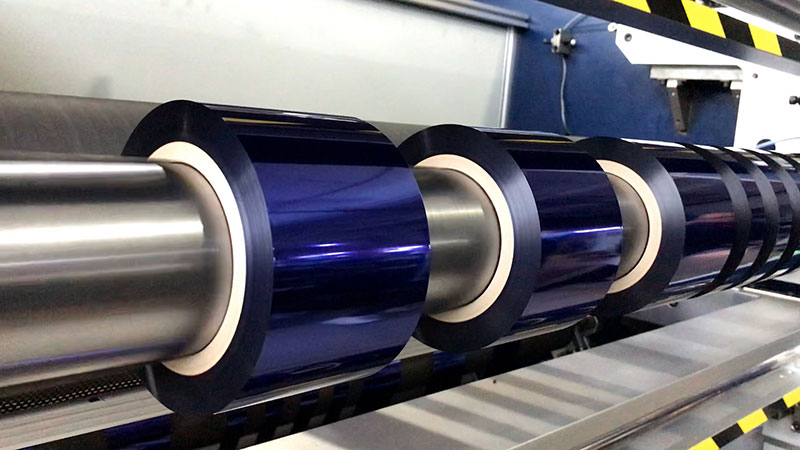
The operation of an hot stamping foil slitting machine is not a simple mechanical repetition but a professional job that requires skill, responsibility, and continuous learning.
05. January, 2026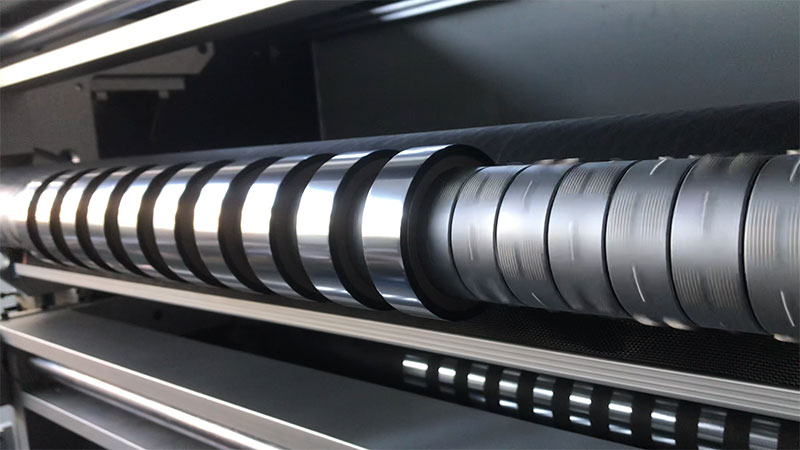
This article will comprehensively analyze the key parameters of hot stamping foil slitting machine selection to help you make an informed decision.
05. January, 2026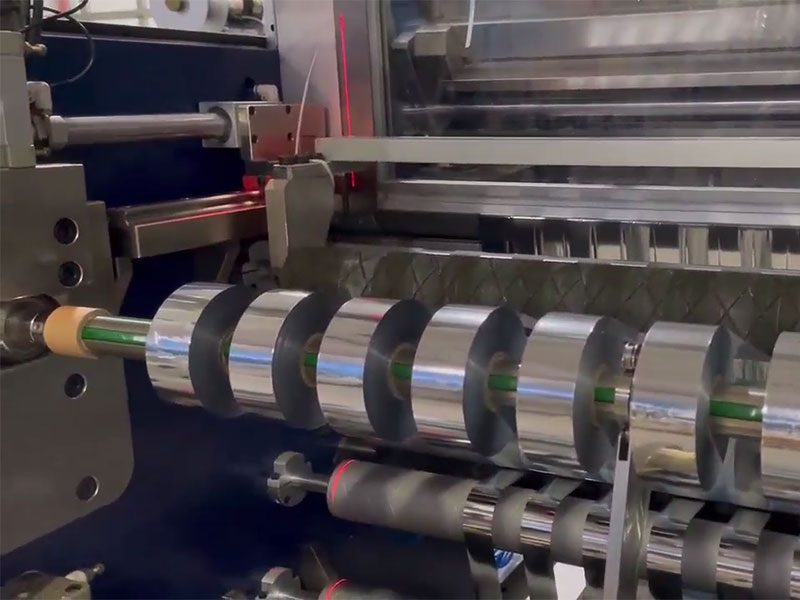
In the face of a dazzling array of brands and models on the market, how to choose an hot stamping foil slitting machine that suits your own production needs?
05. January, 2026
The core criterion for judging the quality of a ribbon slitting machine is its ability to avoid slitting losses.
03. January, 2026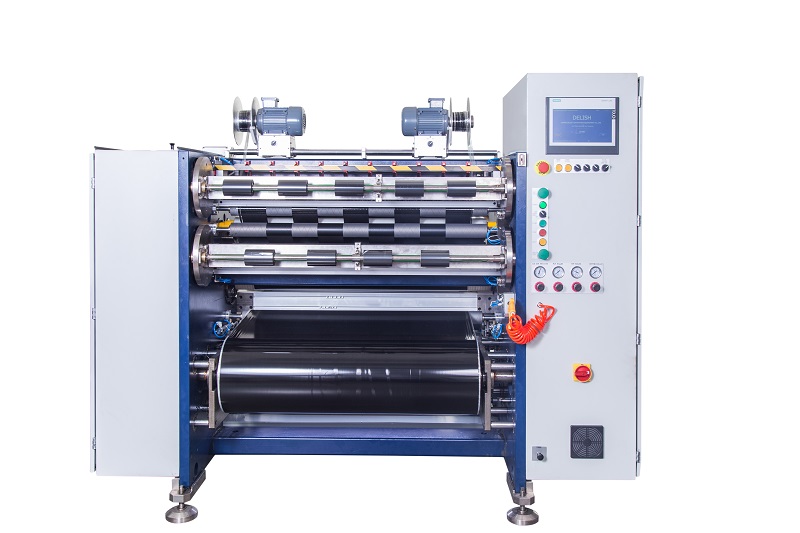
With a wide range of devices on the market, decision-makers are often caught up in the triple factor: price, brand, and performance.
03. January, 2026